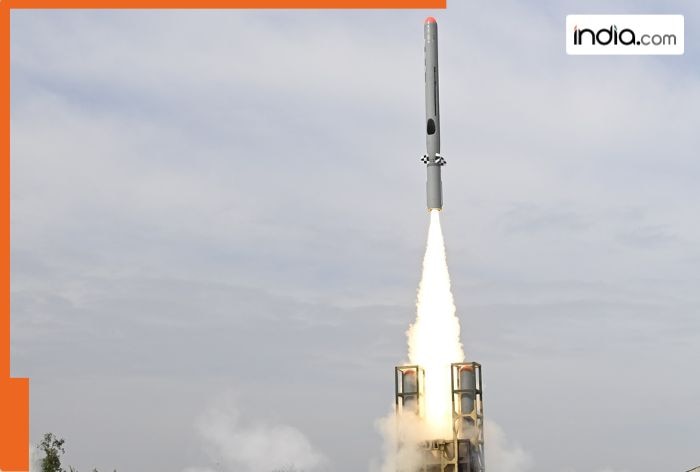 |
|
India's recent successful test of its first long-range hypersonic missile marks a significant advancement in its military capabilities, sending ripples across the geopolitical landscape. The November 16th, 2024 launch from Dr. APJ Abdul Kalam Island off the coast of Odisha, meticulously monitored by various tracking systems, showcased the missile's precision and accuracy in hitting its target. Developed by the Dr. APJ Abdul Kalam Missile Complex in Hyderabad in collaboration with other DRDO labs and industry partners, this achievement underscores India's growing prowess in advanced military technology. The missile's capability to carry diverse payloads and its extended range of over 1500 kilometers significantly bolster India's defense posture.
The successful test has understandably garnered considerable attention internationally, prompting speculation about its potential impact on regional power dynamics. The missile's hypersonic speed, exceeding five times the speed of sound, presents a formidable challenge to existing defense systems, making it significantly difficult to intercept. This characteristic, combined with its long range and payload capacity, places India among a select group of nations possessing such sophisticated weaponry. The implications for India's neighbors, particularly Pakistan and China, are substantial. The test could be interpreted as a strategic countermeasure to the growing military might of these nations, and it undoubtedly raises questions about the regional arms race.
The technological aspects of the missile warrant closer examination. Hypersonic weapons are categorized into two main types: Hypersonic Glide Vehicles (HGV) and Hypersonic Cruise Missiles (HCM). The Indian missile's specific type remains to be officially clarified, though it's likely to leverage the advantages of both. HGVs utilize rockets for initial launch, allowing for high speeds after separation. HCMs, conversely, employ scramjet engines – air-breathing engines capable of supersonic combustion for sustained, high-speed flight. The combination of these technologies allows for considerable maneuverability, rendering the missile particularly challenging to track and intercept. This technological leap not only enhances India's defensive capabilities, but also underlines its growing expertise in aerospace engineering and materials science.
The strategic significance of India's hypersonic missile test extends far beyond its immediate military implications. The development and successful deployment of such advanced weaponry signify India's rising status as a major global power. It projects an image of technological sophistication and self-reliance, which has far-reaching implications for international relations. The test may inspire other nations in the region to accelerate their own hypersonic weapons programs, potentially sparking further arms races and regional instability. However, from India's perspective, the development can be viewed as a necessary step to maintain regional stability and deter potential adversaries.
The celebratory statements from Defense Minister Rajnath Singh and DRDO Chairman Dr. Samir V Kamat underline the national pride associated with the achievement. These statements, emphasizing India's self-reliance and technological advancement, also serve as strong messaging in the global arena. The test, however, also raises important ethical and strategic questions regarding the proliferation of advanced weaponry and the potential for escalation of conflict. The international community must engage in open dialogue to address the challenges posed by hypersonic weapons and establish robust international norms to regulate their development and deployment. The long-term consequences of this technological race remain uncertain, requiring careful monitoring and strategic engagement from all stakeholders.
